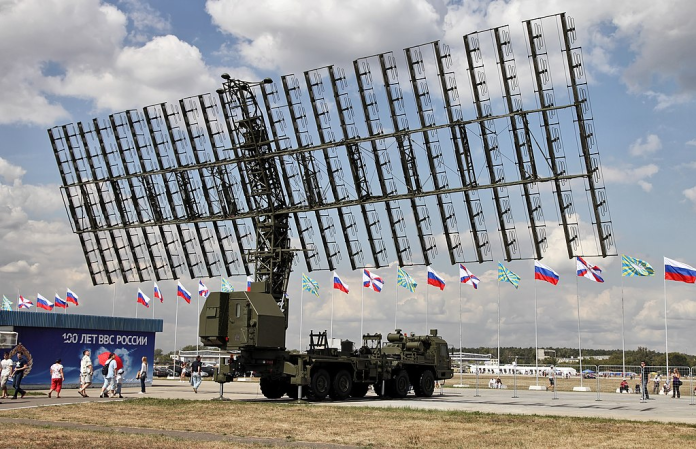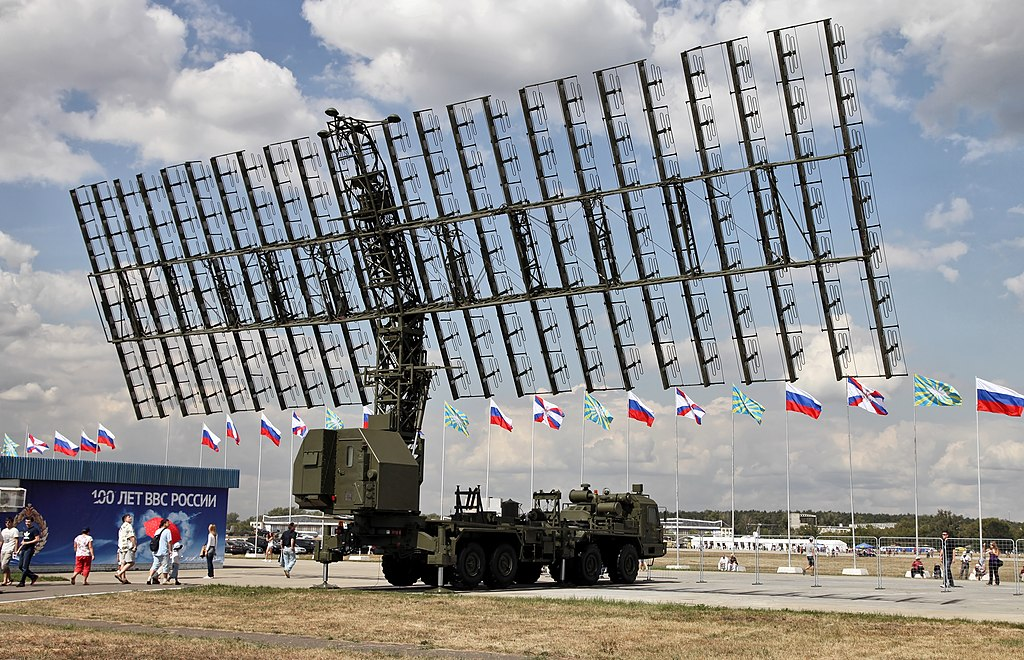
“Clearing the path to other Russian targets begins with air defenses,” Ukrainian Navy spokesman Captain 3rd Rank Dmytro Pletenchuk used to say. That maxim was acted upon in a recent raid on Crimea, when Ukrainian spy agents hit two of Russia’s most advanced radar networks. The strike was not merely a tactical exercise it was a targeted hit at the backbone of Moscow’s networked air defense system.
The strikes, which were carried out using unmanned aerial vehicles by the Defense Intelligence of Ukraine (DIU), struck a 48Ya6-K1 Podlet low-altitude radar and an RLM-M module of the Nebo-M multifunctional radar complex. Both are critical to detecting aerial threats from drones up to stealth planes. Their elimination, if confirmed, could significantly diminish Russia’s early-warning capability over the Crimean Peninsula, biasing the aerial battlespace in favor of Ukraine.
This mission offers a rare look at the accelerating competition between advanced detection systems and precision strike platforms. The next seven key findings open the window to the technology, strategy, and broader implications of this high-stakes competition.
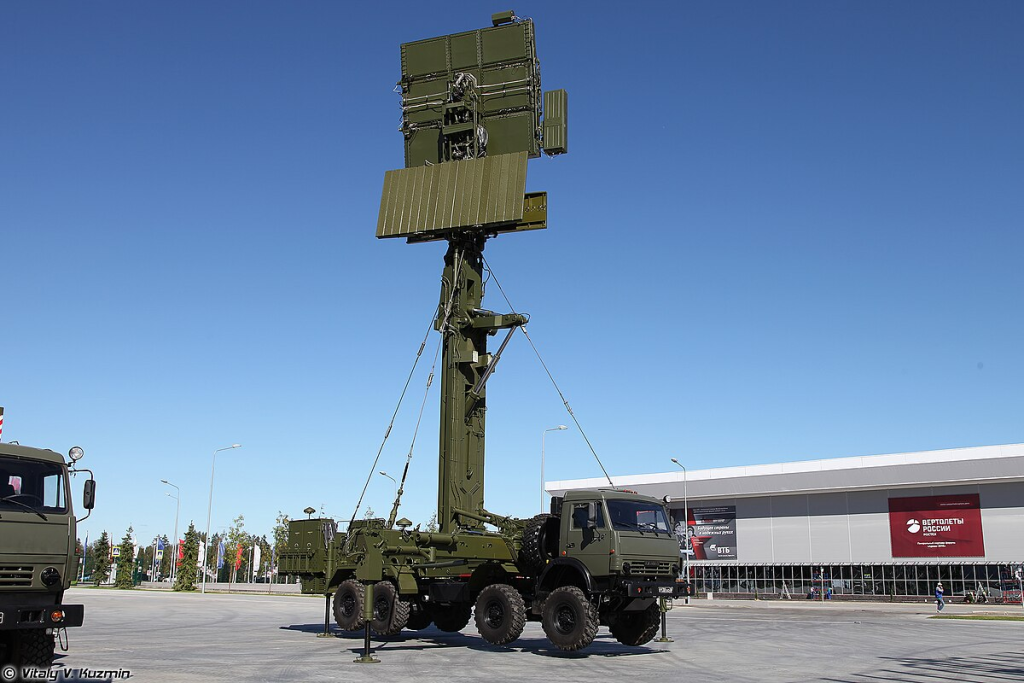
1. The Podlet-K1: Russia’s Low-Altitude Sentinel
The 48Ya6-K1 Podlet radar, introduced in 2018, is designed to detect low-altitude threats such as cruise missiles, unmanned aerial vehicles, and helicopters. Equipped with a phased-array antenna operating in S-band, it can attack 200 targets simultaneously at 200–300 kilometer ranges, although real performance depends on altitude and environmental factors. The system, which is based on a KamAZ-6350 8×8 chassis, costs around $5 million and typically supports S-300PMU-2 and S-400 missile batteries.
Its role in Russia’s layered air defense is essential: by picking up on low-flying targets that other radars can’t detect, it gives targeting data to long-range missiles. Destruction of Podlet in Crimea is just one trend in Ukrainian strikes against similar systems, and it emphasizes Kyiv’s focus on sabotaging Russia’s detection bubble for low-profile air threats.
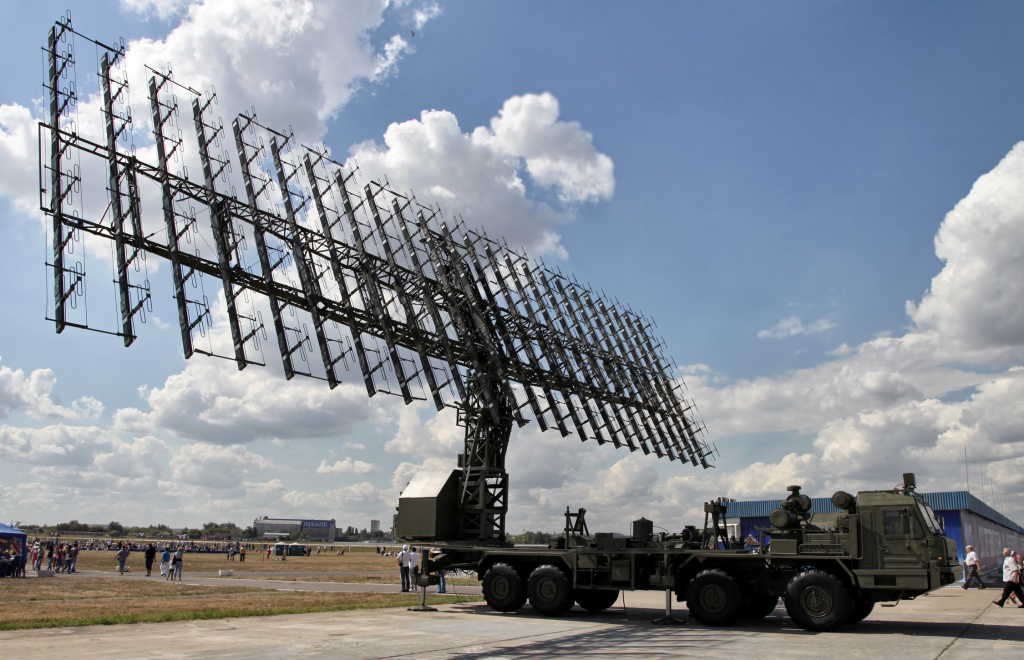
2. The Nebo-M: Multi-Band Detection Powerhouse
RLM-M module is housed in the 55Zh6M Nebo-M radar complex, a $100 million, truck-mounted, cross-country platform designed to detect stealth aircraft, ballistic missiles, and aerodynamic targets at 600-kilometer ranges. The module employs three radar types VHF-band Nebo-SVU, L-band Protivnik-G, and S/X-band Gamma-S1 and combines them into one, merged tracking image, eliminating blind spots in single-band systems.
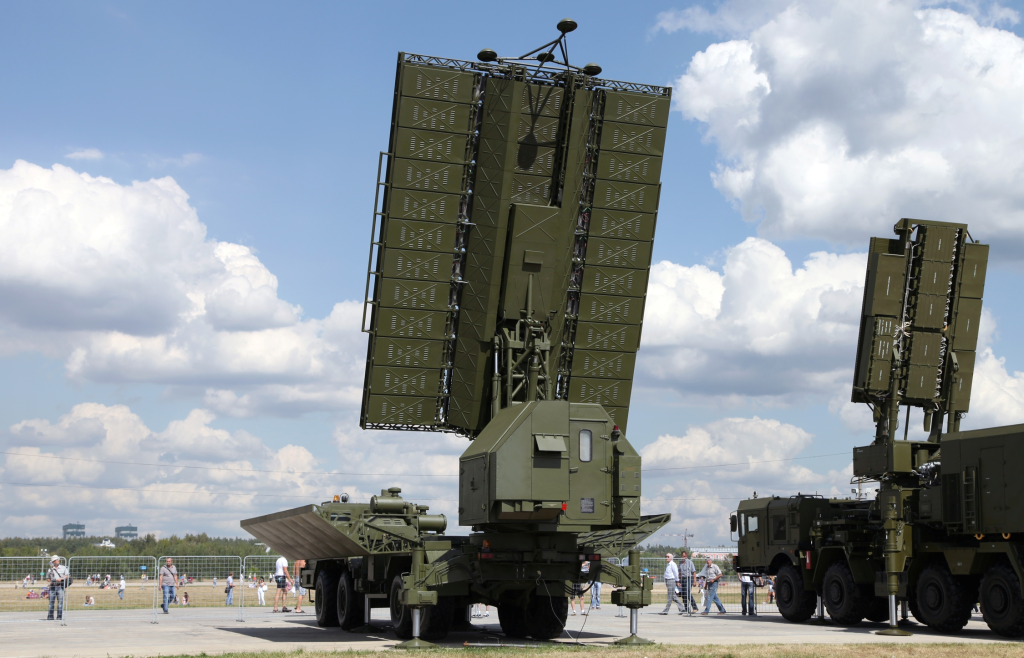
Russian state news agency TASS has called it “the threat of stealth technologies,” claiming it can detect F-22s and F-35s. Its mobility and modularity allow it to be deployed in difficult terrain, plugging into national air defense networks. Losing an RLM-M module while in transit, as in Crimea, not only reduces coverage for detection but also brings attention to the vulnerability even of extremely mobile systems to constant drone surveillance and attacks.
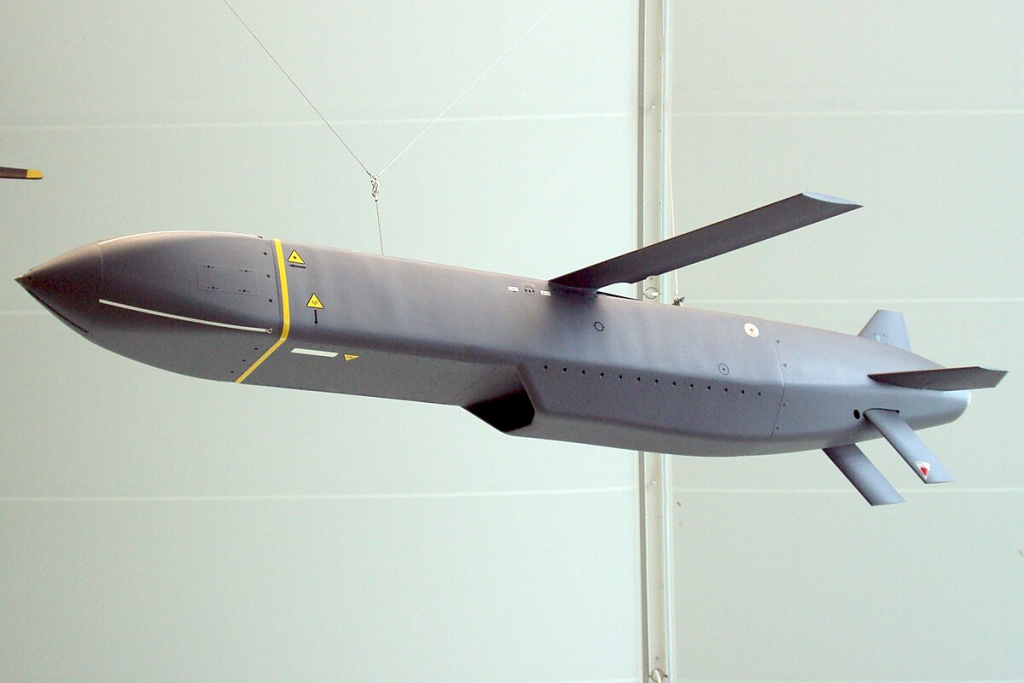
3. Crimea’s Strategic Air Defense Network
Crimea has been fortified since its annexation in 2014 with a highly concentrated, multi-layered air defense network that protects the Crimean Bridge, Black Sea Fleet bases, and missile launch sites. The network also stretches out toward Novorossiysk to safeguard naval resources and logistics centers. Podlet and Nebo-M systems make up the early-warning layer for rapid engagement of incoming threats.
By selectively eliminating such nodes, Ukraine is adopting a strategy of weakening the Russian defense by creating weak spots. As pointed out by Pletenchuk, destroying the radars is the stepping stone for making subsequent cruise missile attacks feasible with tools such as Storm Shadow and SCALP-EG.
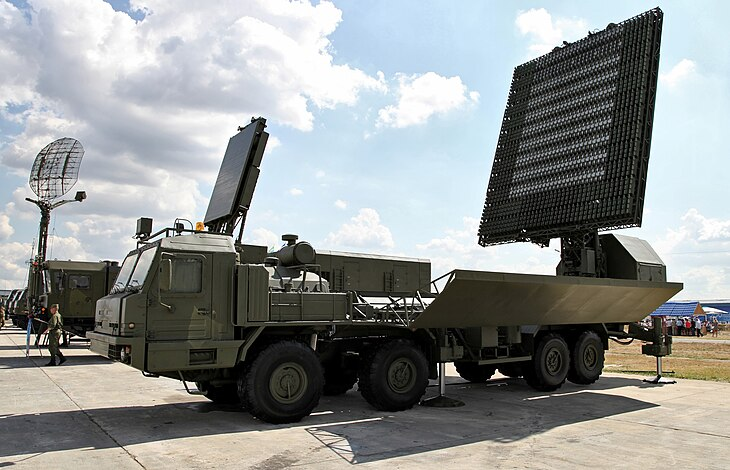
4. Drone Precision Strikes as a Force Equalizer
The DIU’s Active Operations Branch employed unmanned aerial vehicles in precision strikes against both radar installations. A video released by the agency showed the drones approaching and landing a hit on their targets, and the Podlet being most likely receiving a direct strike to its antenna. The RLM-M was targeted as it traveled, a point of greater weakness.
These actions reveal how relatively cheap drones can counteract multi-million-dollar assets. Continual ISR and precise targeting allow Ukrainian troops to bypass traditional SEAD methods, conserving costly munitions for other high-risk targets.
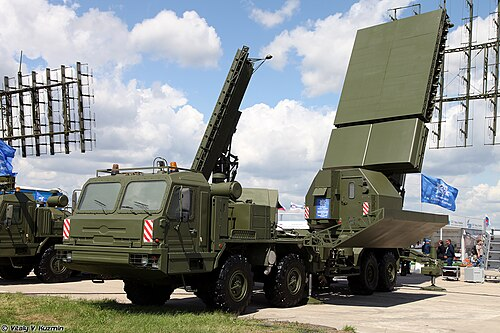
5. Tactical and Strategic Impact of the Losses
The loss of these radars is more than just hardware destruction. Without them, supporting missile batteries lose nearly all their initial-warning and target-reflex capabilities, essentially blinding segments of the air defense system. This creates temporary “air corridors” for Ukrainian aircraft and missiles, as Ukraine’s General Staff described after a prior Nebo-M strike.
In Crimea, where Russian defenses rely on integrated radar coverage to resist attack from the north and west, such failures could force redeployment of other systems, weakening defenses and leaving them exposed elsewhere.
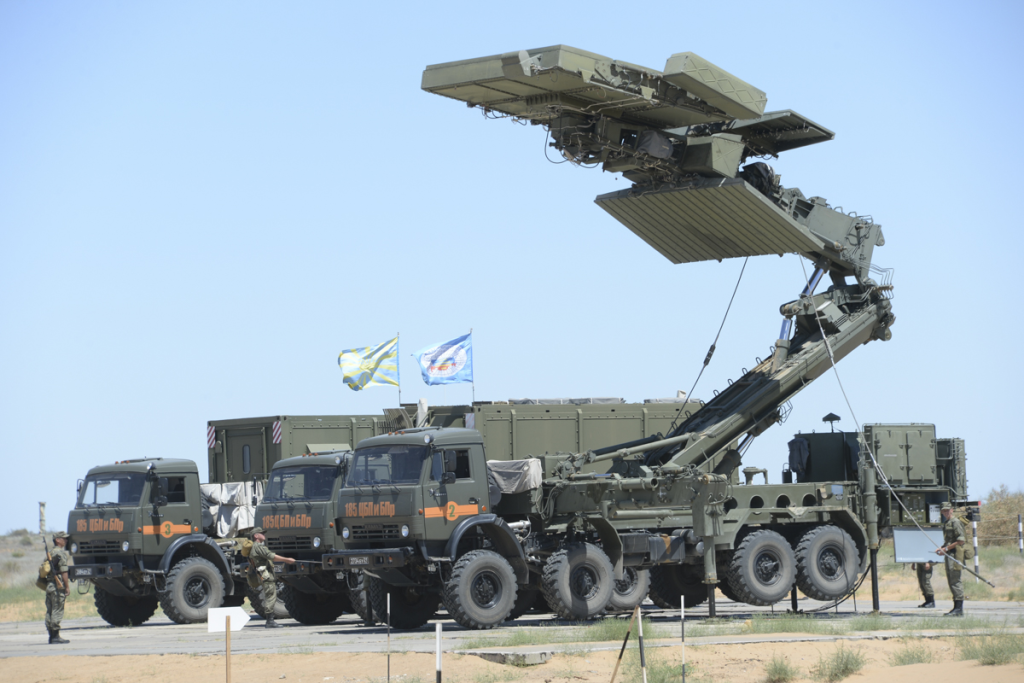
6. The Intelligence Value of Podlet and Nebo-M
Other than the effects on the battlefield, the destruction or capture of advanced radar systems offers intelligence dividends. Observa when a Podlet-K1 was taken by Syrian insurgents, and access to hardware can reveal vulnerabilities in signal processing, frequency use, and resistance to countermeasures. Western experts can employ the information to develop spoofing techniques or particular jamming measures.
While the Crimea strikes were not an instance of capture, repeated contacts with such systems will yield recoverable bits or electronic signatures that contribute to a growing library of experience regarding Russian radar performance in combat.
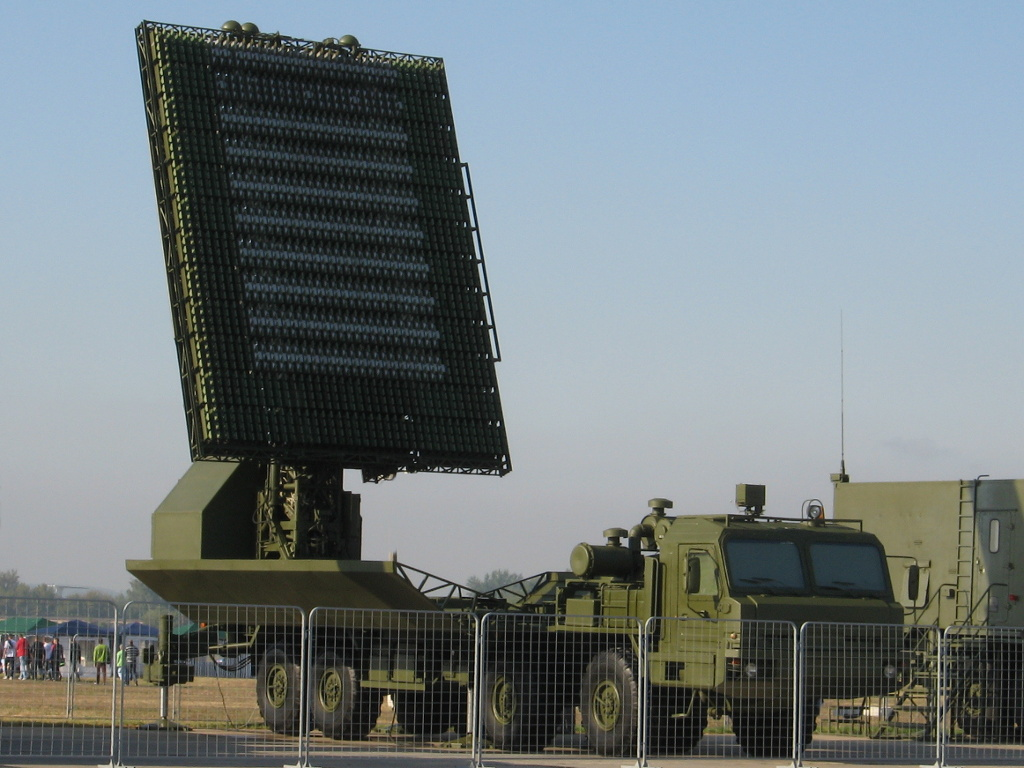
7. A Wider Campaign Against Russian Sensors
The Podlet and Nebo-M strikes are all precursors to a larger Ukrainian campaign to knock out Russian observation and targeting infrastructure. Previous actions in Crimea have taken out S-300 radars, coastal surveillance nodes, and even the one-of-a-kind RT-70 radio telescope. Each removal of sensor nodes deprives Russia of situational awareness by degrees.
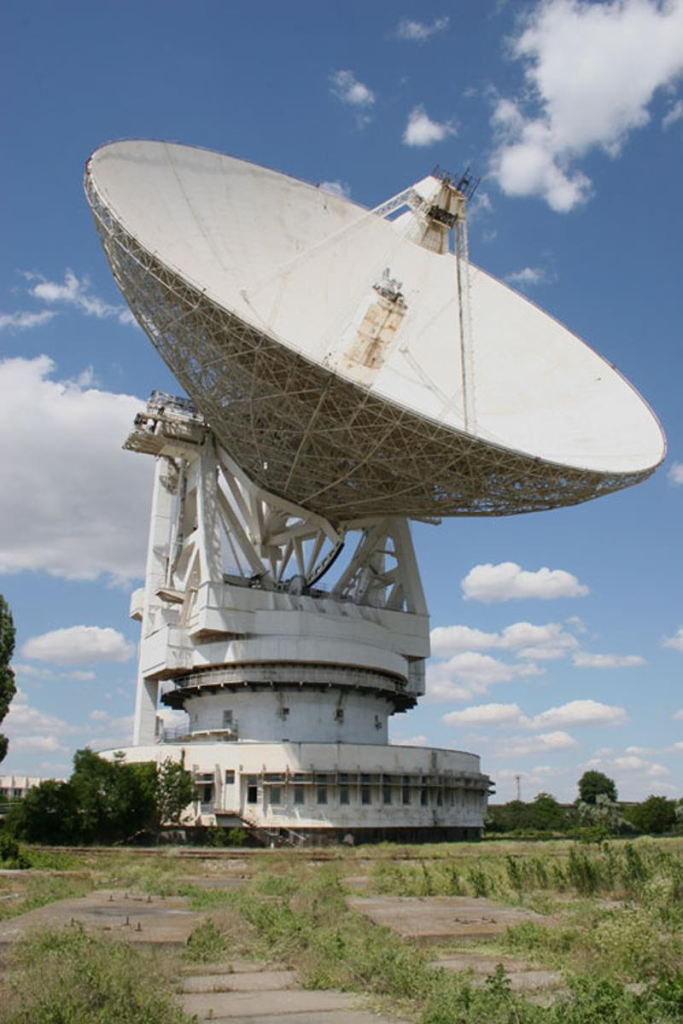
This systematic sensor-layer destruction is combined with attacks on ammunition depots, airfields, and naval ships to produce a multi-domain pressure campaign. The approach puts Russia on the back foot, engaging resources for replacement or defense of detection key assets.
The destruction of the Podlet-K1 and Nebo-M radars in Crimea underscores a characteristic of modern warfare: the battle between detection and evasion, between costly, high-tech sensors and agile, precision strike platforms. For Ukraine, each successful strike not only weakens the surrounding Russian defenses but also undermines the aura of invincibility that surrounds its most advanced systems. To military strategists, these events are rich case studies on how technology, tactics, and timing converge to re-configure the battlespace.
